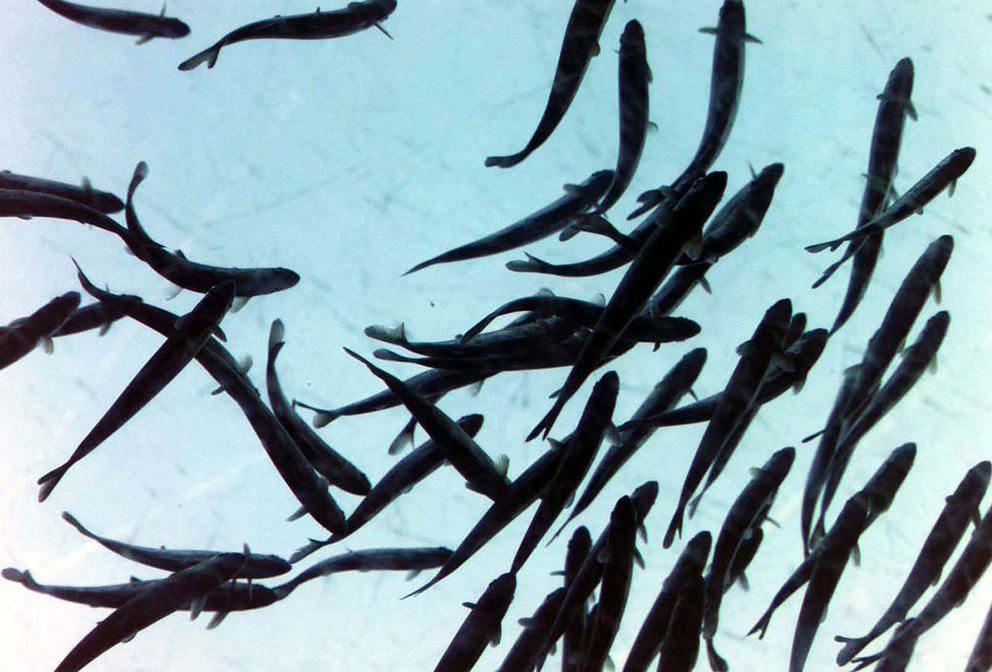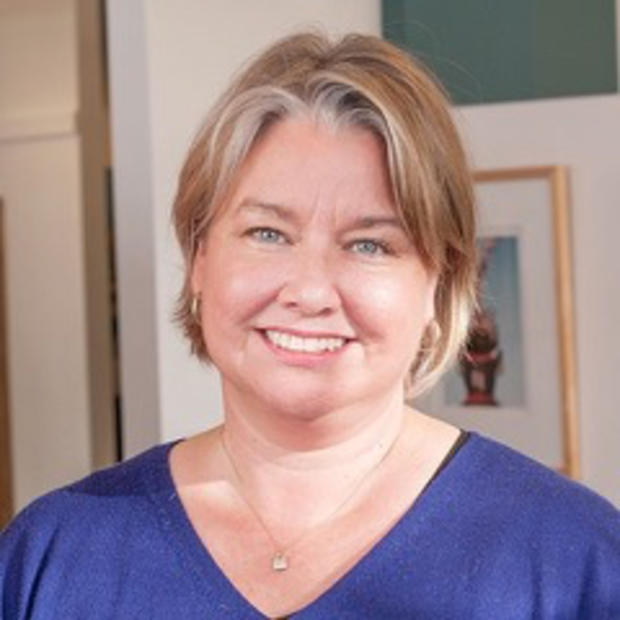Across Washington, citizens and government officials have worked hard to craft and implement salmon recovery that makes sense for local communities.
This collaborative process has been so successful at smart, creative decision-making that Gov. Jay Inslee spotlights it in the 2016 State of the Salmon Report, released in February, declaring that nearly two decades of “sustained statewide efforts by thousands of Washington residents to restore salmon to our landscape has made our communities more resilient in the face of warming temperatures, drought, forest fires, and sea level rise.”
In March, however, President Donald Trump recommended zeroing out the Pacific Coastal Salmon Recovery Fund, which made those successful efforts possible.
Since 2000, this fund and our state’s match have invested nearly $1 billion in projects designed to restore salmon across the state, resulting in another $1 billion of economic activity — in outdoor recreation and tourism, fishing, cleaner and more reliable sources of drinking water and water for farms. It has reduced the risk of flooding along many of our rivers and protected jobs in natural resource industries.
But it’s not only that these proposed cuts would halt salmon restoration, undercut climate resilience, and shortchange economic development. The program works because it’s based on the cultivation of community ownership, creativity, and accountability. Washington’s Salmon Recovery Network is the best example of effective locally-led creative decision making I’ve seen in more than 30 years working in conservation.
Late this month, the network will address the cuts when an estimated 1,000 participants gather in Wenatchee for their biennial conference.
When salmon were first listed on the federal Endangered Species Act nearly 20 years ago, we were forced to ask what it means when a city like Seattle is declared the critical habitat of an endangered fish. Do we shut down I-5? The Port? Boeing? Curtail the expansion of energy-hungry tech? Do we stop fishing altogether, shut down tribal, sport, commercial fishing and all the related businesses, most of them the sole source of significant economic support for our rural communities? Do we ignore our treaty promises and obligations?
Washington decided not to wait for the federal government to draft and impose recovery plans required under the federal Endangered Species Act. We organized ourselves by region and watershed. Community leaders, science agencies, land trusts and non-profits, conservation districts and fishery enhancement groups coordinated under the leadership of county commissioners and tribal leaders — and we wrote our own recovery plans. Today, we’re halfway through their implementation.
These are 30- to 40-year plans for recovery. It took us a long time to get to the place where Northwest habitats could no longer support salmon. And, as the great Tulalip leader Terry Williams says, "It takes a hundred years to grow a 100-year-old tree."
That it was the fate of the salmon that brought us together isn’t surprising. Hundreds of people traveled long miles and worked hard to create credible recovery plans because salmon are a wonder in themselves and because rivers and shorelines and forests that do not support them would mark a failure of will, imagination, and identity we do not want to pass on to our children.
As my very conservative mother, born and raised in Seattle, said to me, while marveling at the thunder of Snoqualmie Falls, “If we’re going to dam all the big rivers, and cut down all the big trees, and take all the big fish, we may as well just raze the mountains and call this, ‘Kansas.’ ”
At a time when our national discourse is marked by disrespect, irresponsibility and falsehoods, men and women of good will and purpose across our state have embraced a ready-made infrastructure for creative and respectful local decision-making for our shared future.
This is not the “deep state” feared by some. It is not the federal government carelessly imposing regulations that surprise local communities. It is, instead, deep community, out in the open and supported by our tax dollars, working in concert to improve our world.
We, including the federal government, should be doing everything we can to cheer it on — including funding it.


